Weather/Situation: Although the weather forecast remains very worrying for the season (see weather map below), we are for the moment very lucky because we have recently recorded good abundant rains as you can see.
Those rains help us a lot as the level of the river recovered and we can again pump water directly from there to irrigate rice without using our water reserve in our artificial lake (back up in case of water stress period). We hope that these conditions will be maintained during the coming months (blooming stage when grains are filled).

Soybean: Over 800 ha have been sowed so far and are nicely developing as you can see. We are maintaining our forecast to sow 1,100 ha.
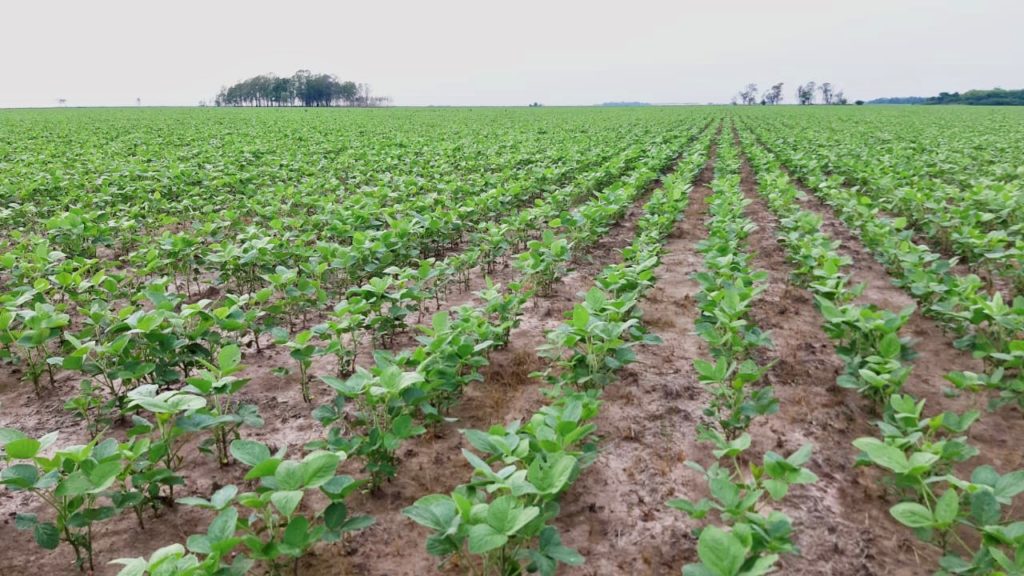
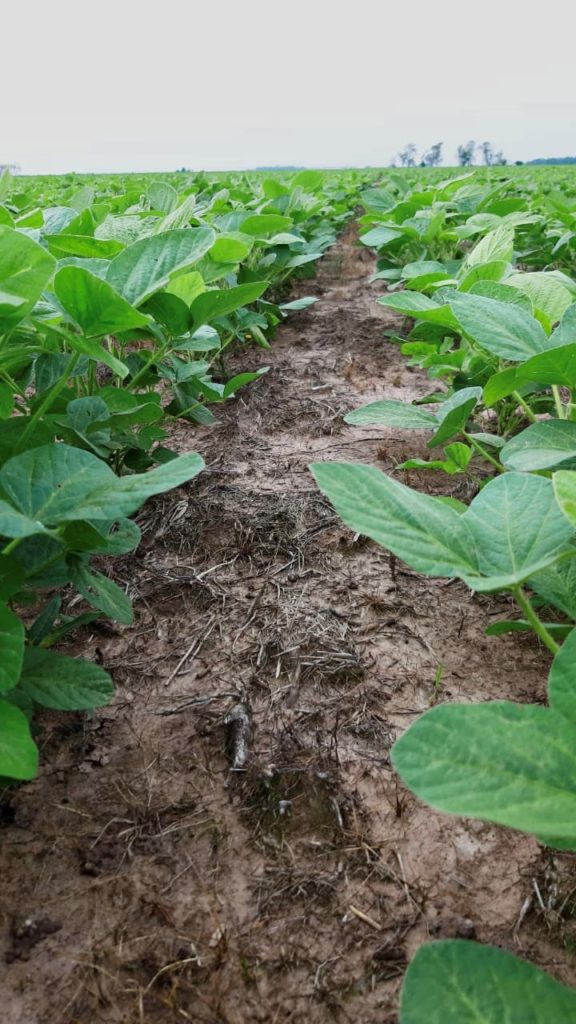
Rice: We have completed the sowing of 560 ha. The 1st plots sowed are developing well so far. We are at 1st stage and will start beginning of December with 2nd stage when the plants are large enough to withstand shallow flooding. The full irrigation cycle of the crops takes 90 days and it’s important to mention that continuous flooding of water provides the best growth environment for rice.
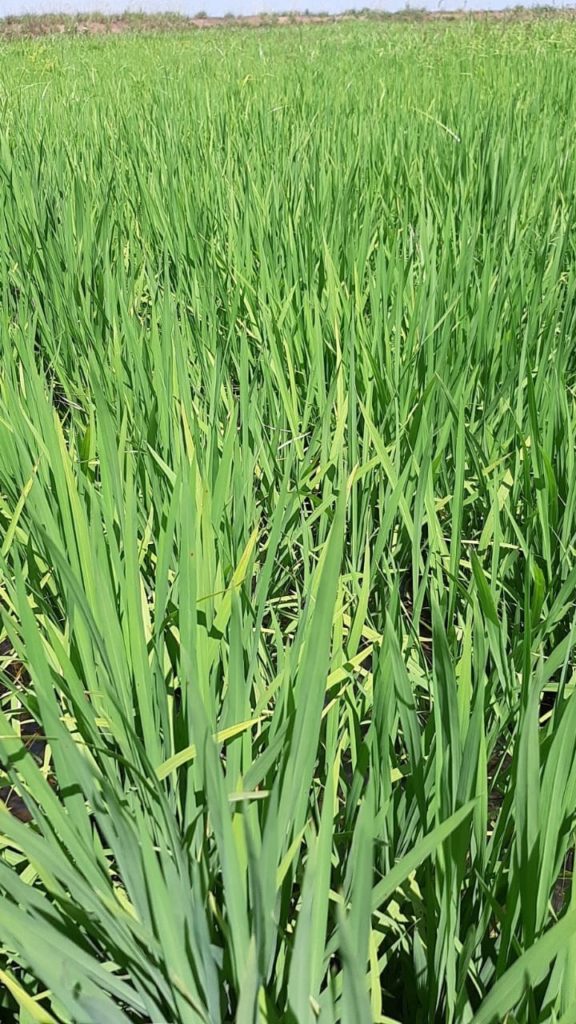

We are not going to sow rice in block G (450 ha) given weather uncertainties and the extreme low level in the Paraguay River has heavily delayed the supply in all inputs. As a consequence, it is s to risky to start sowing rice in this block. We will stay with 560 ha of rice for this season.
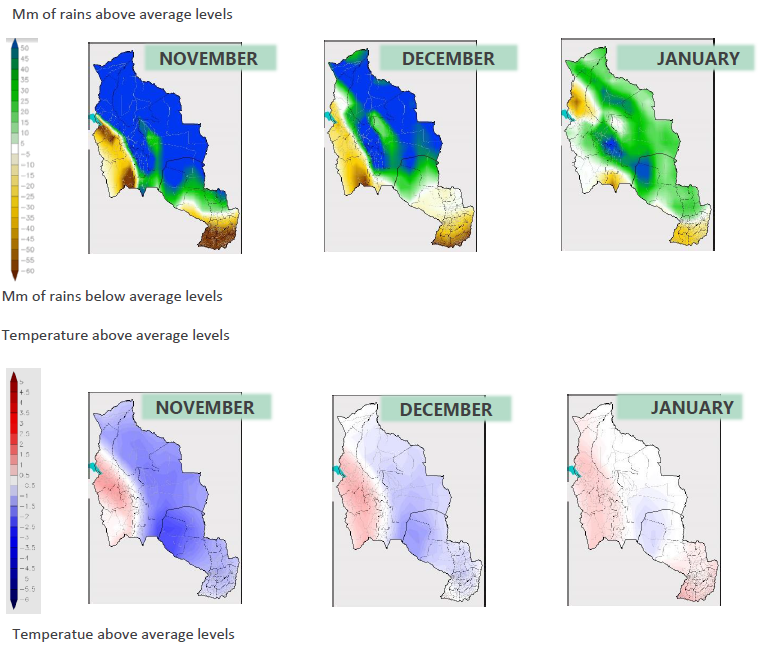
Corn: As previously mentioned and rather than increasing the potential soybean area by reallocating rice surface to soybean, we have enter in negotiation with a third party for the lease of our available surface (up to 1,000 ha) to cultivate corn. This will be a 1-year scenario; weather situation implies us to be pragmatic. The outlook for corn is attractive and it will allow us to diversify our risk/mix.


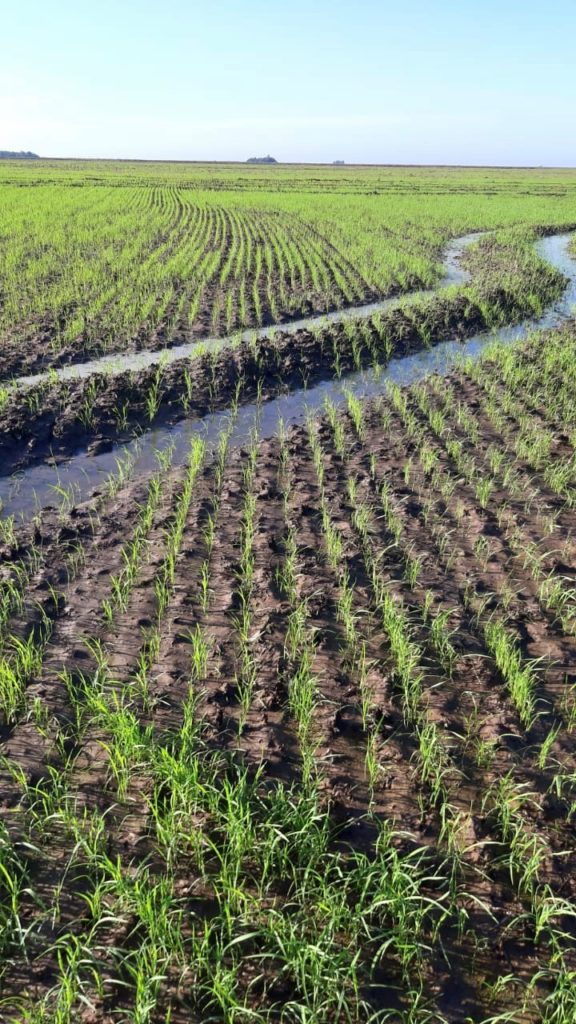


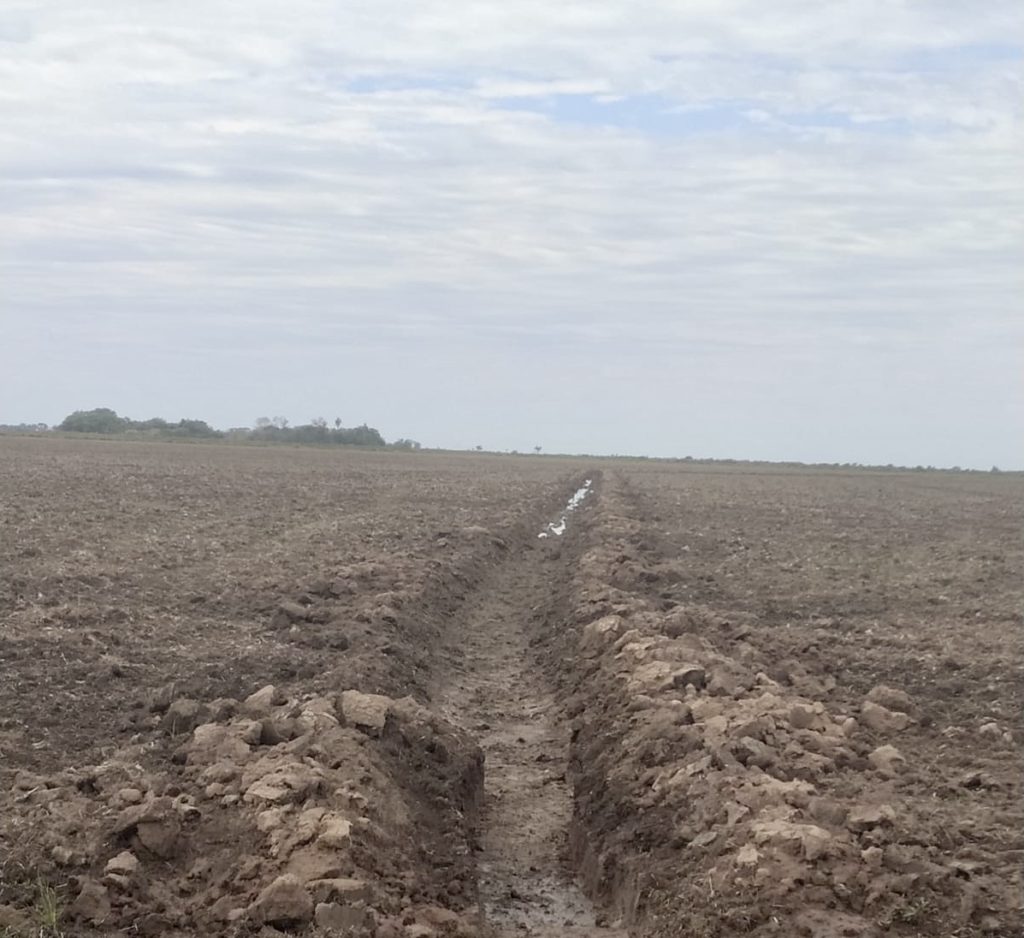
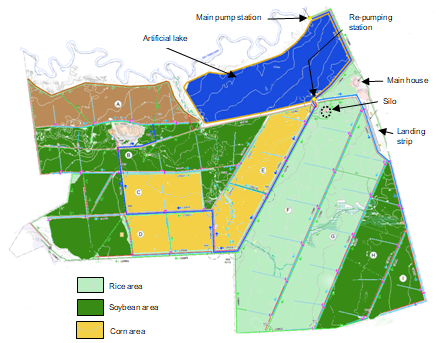


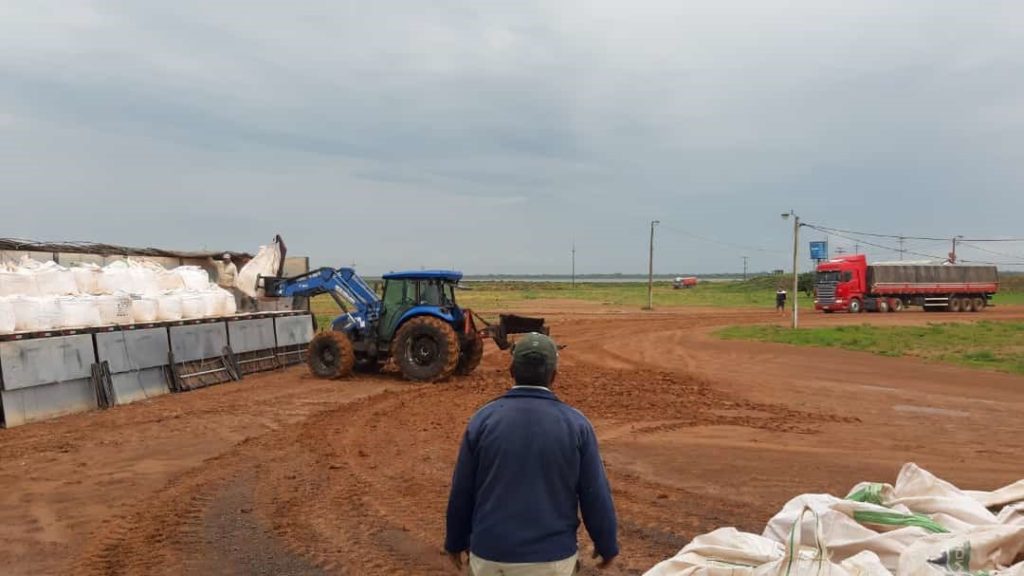
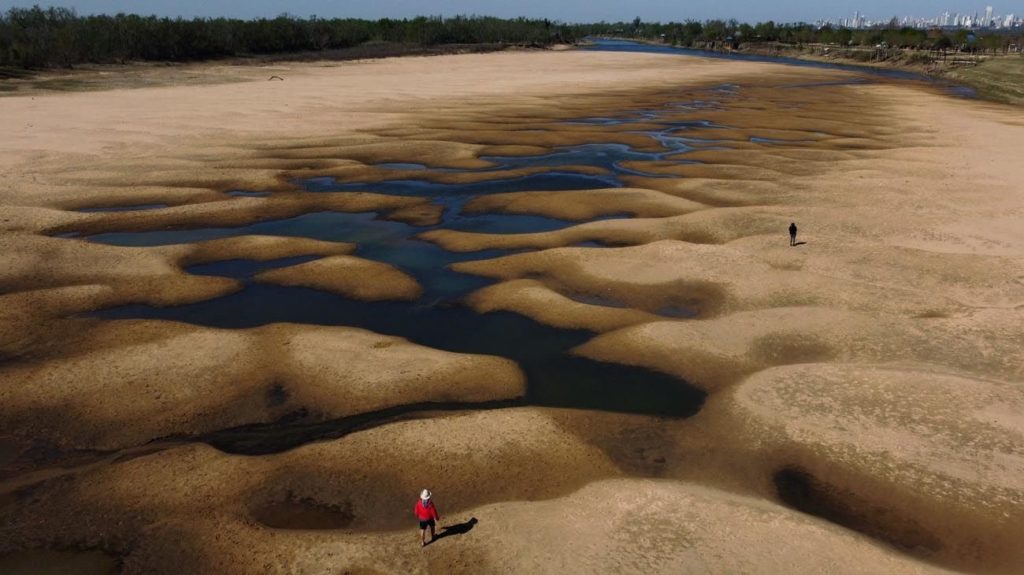
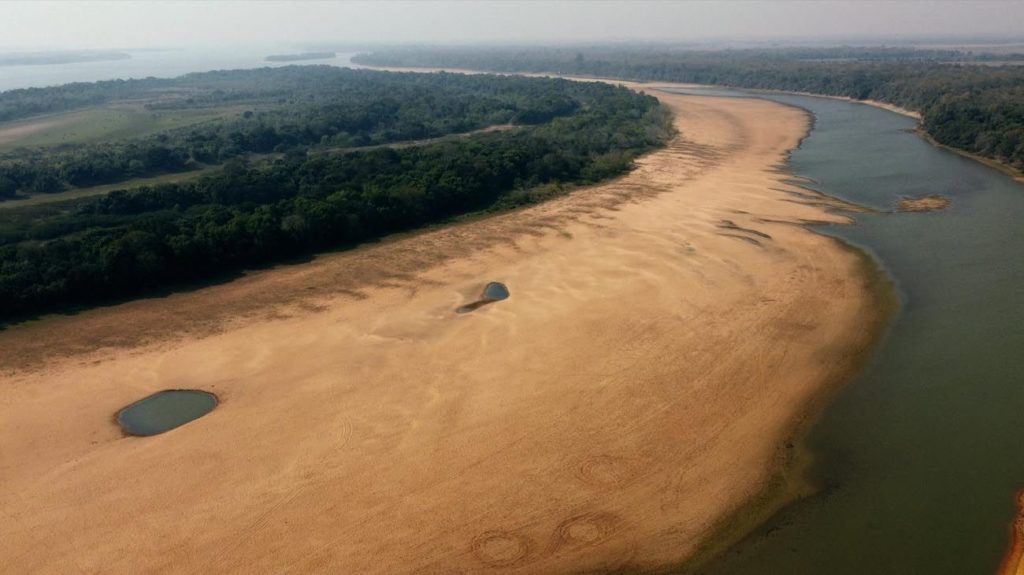


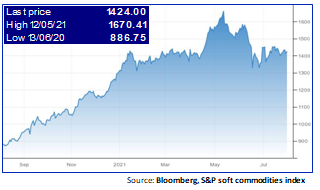
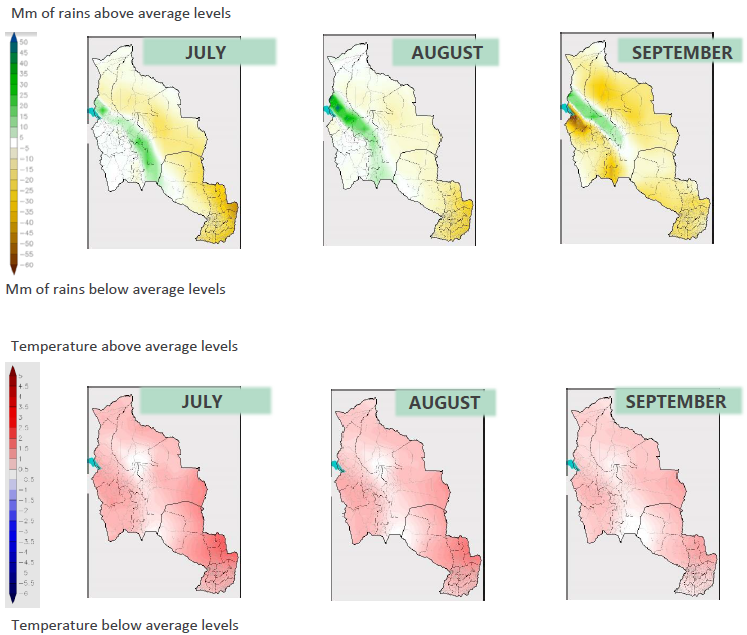

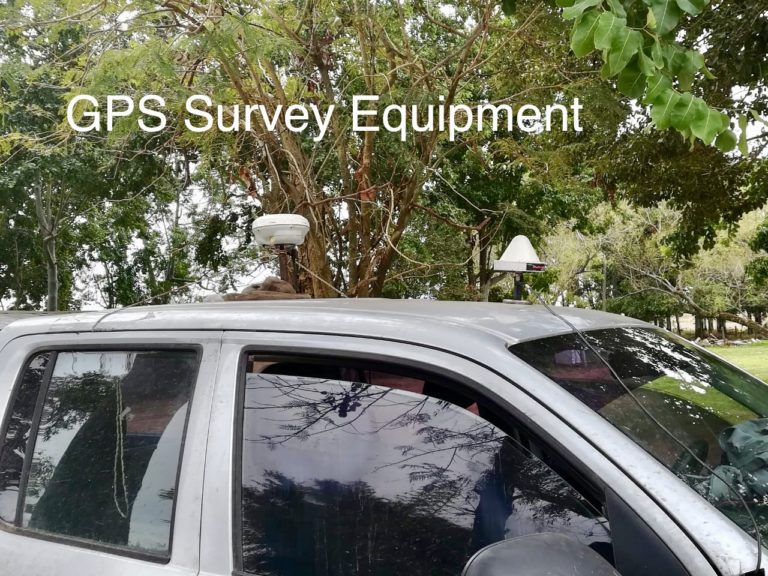

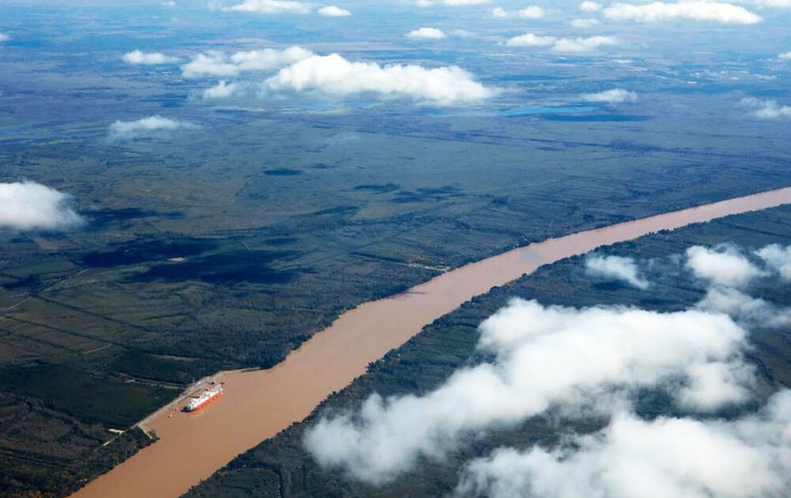
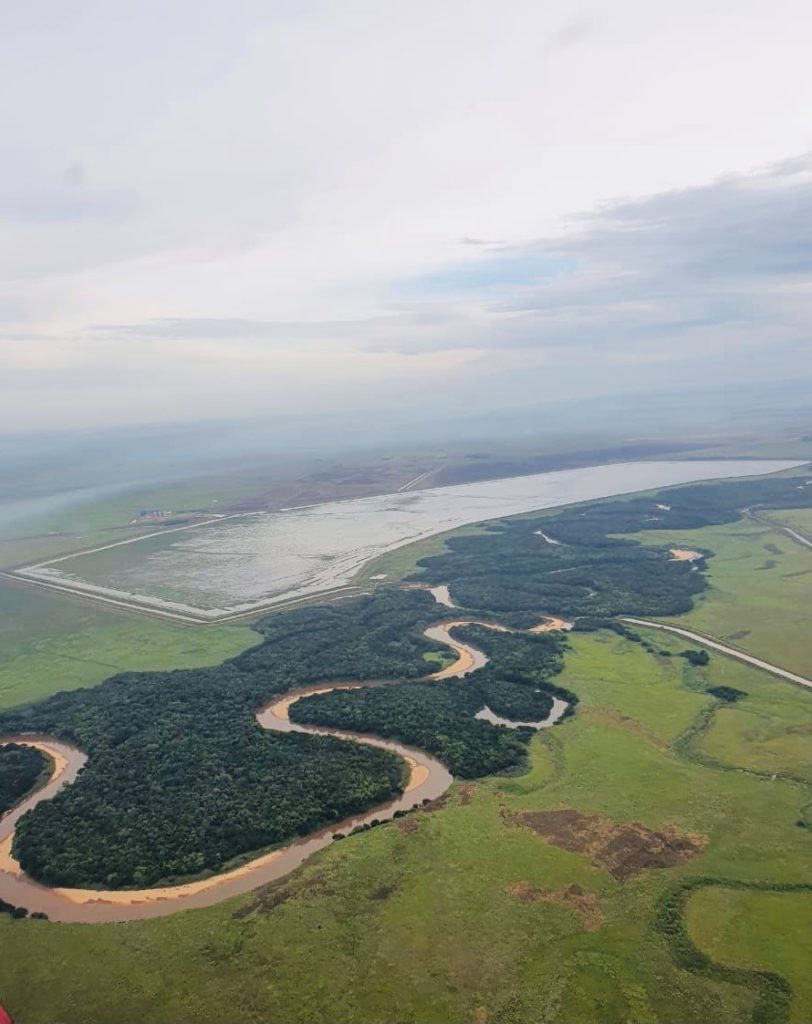




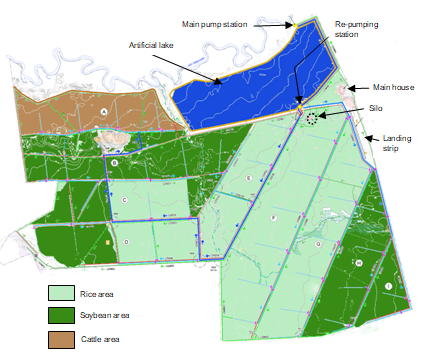




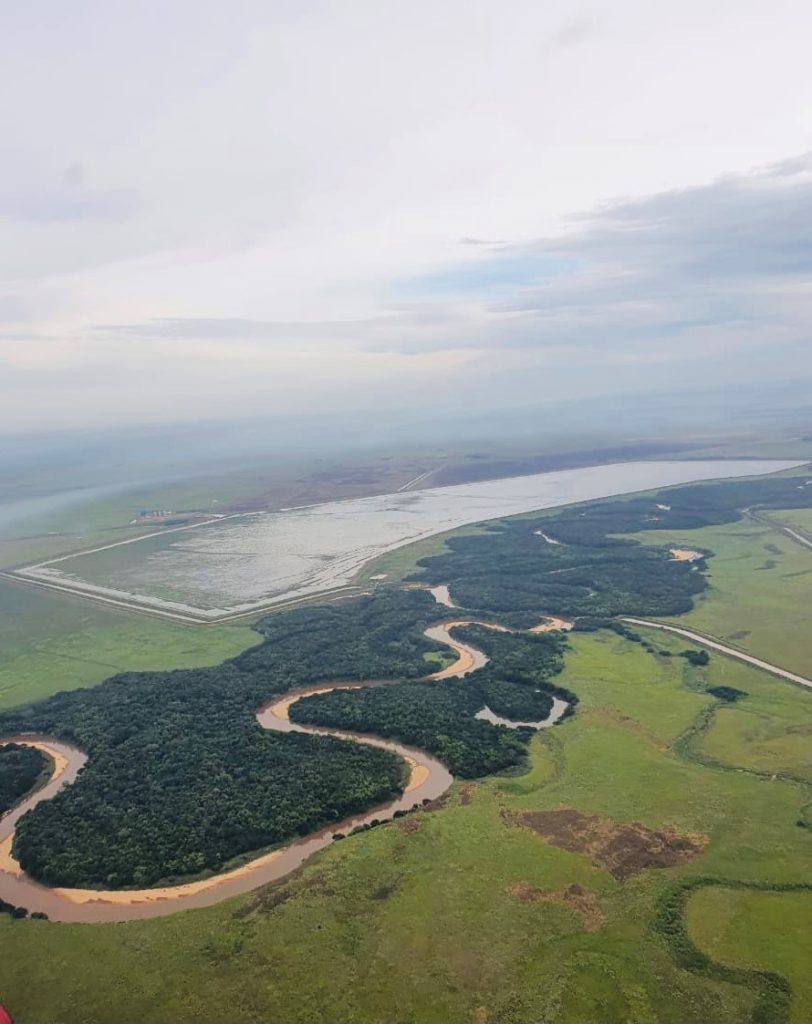

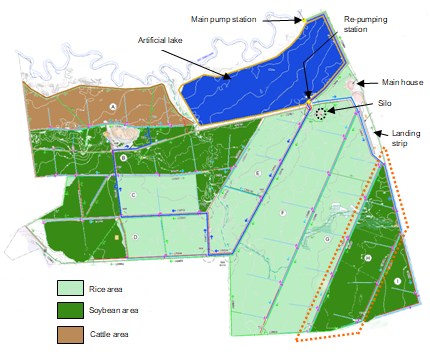

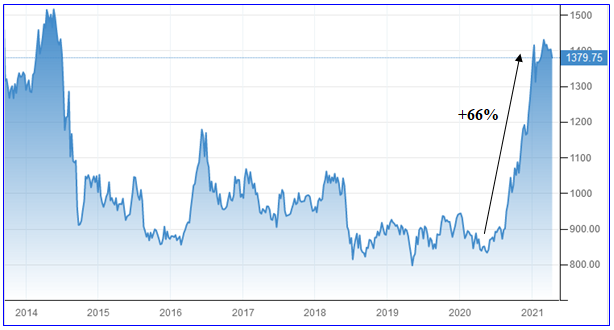 Source: Bloomberg
Source: Bloomberg